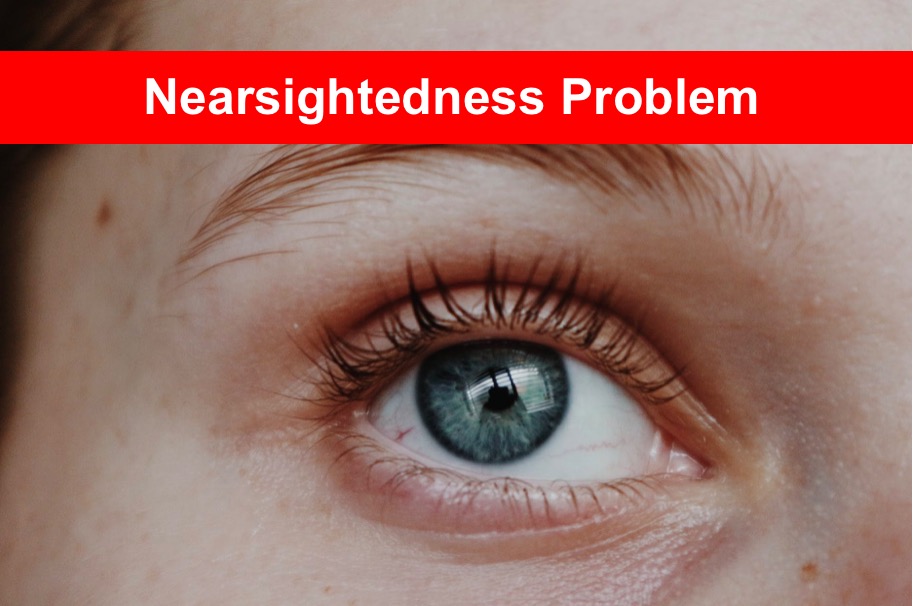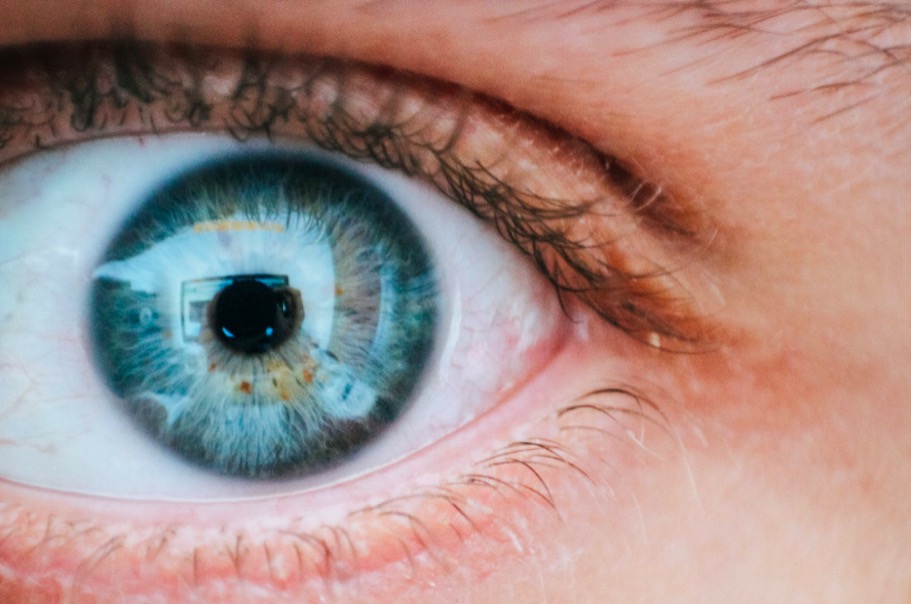Nearsightedness Problem

Nearsightedness is a vision disorder that causes blurry vision, which is most often experienced by those who are in their late twenties. Normal vision happens when light is transmitted directly to the retina and then into the eye. A normal person can see things very clearly both near and distance. Those with nearsightedness can only see things very clearly close up and in the distance. This disorder occurs in one out of every 10 adults.
Hyperopia
Hyperopia is the opposite of nearsightedness. A person suffering from hyperopia can see objects very clearly both near and distance. It can occur in one or both eyes. Some people suffer from mixed conditions of nearsightedness and hyperopia.
The science behind nearsightedness is complex. Researchers believe that the eyeball is not designed to have more than oneocular eye. When this design defect is present, an object appears blurry at a distance. Scientists have discovered that nearsightedness or farsightedness is caused by the presence of a stress on one of the pairs of glasses called the toric lenses. When a person wears two pairs of glasses with the same strength, the strain on the eye is too much for the body to handle, and the toric lenses bend slightly inward, creating an image of a blurrier surface.

Cause of Nearsightedness
The result is that light rays that enter the eye through the pupil to remain bent on their path and reflect off of the surface of the cornea. If the path of a light ray is slightly off the cornea, a slight blurring of the image occurs. The term for this condition is referred to as refractive error. It is believed that refractive errors cause the majority of nearsightedness, while astigmatism only causes some of it.
Cause of Nearsightedness
The most common cause of nearsightedness is myopia or hypermetropia. This condition occurs when there is a dysfunction in the muscles of the lens or the eyes. For instance, myopia can occur when nearsightedness is caused by astigmatism. When the eye muscle activity is inhibited, the eye cannot focus on distant objects. Myopia is treated differently depending on the severity of myopia, and the degree to which it distorts distant vision.
One treatment used to correct myopia is wearing a bifocal contact lens. These devices are made up of two separate lenses, which are separated by a thin band of plastic. The wearer can clearly see objects clearly at a distance, but when near they are blurred, forcing the wearer to squint. Another treatment, a kind of surgery, corrects the problems in the eye.
Why nearsightedness occurs and what can be done to stop it | nearsightedness | vision | nearsightedness occurs | eye | objects} Some people experience a form of “farsightedness”, where near objects are seen clearly at a distance, while far objects are not seen clearly at a distance. If your nearsightedness can be corrected, your vision will become perfectly clear at all distances. However, the majority of us have some degree of nearsightedness which we are able to manage quite well. You can do something about it if you know how nearsightedness occurs.


